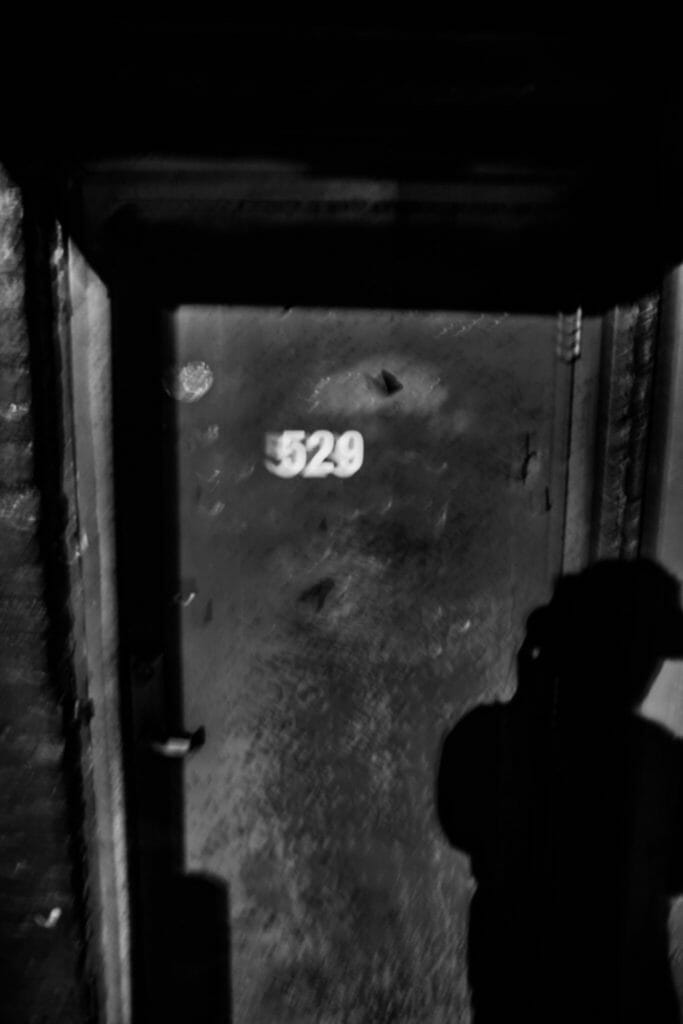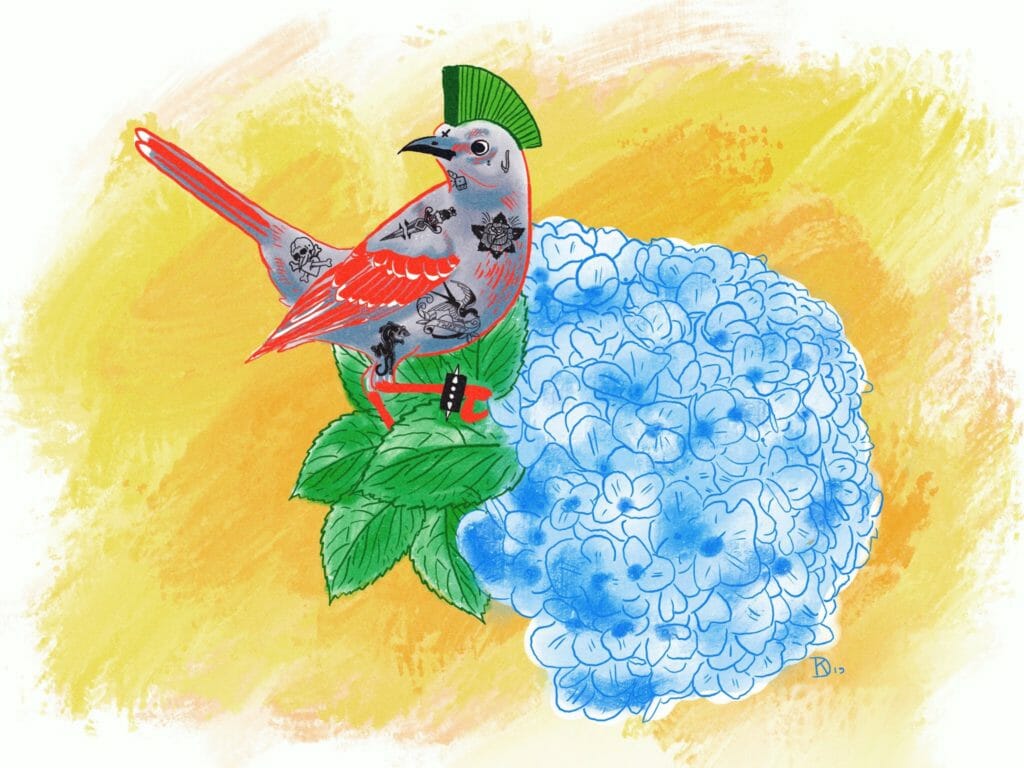Let’s push that existential despair back down into our stomachs and figure out what the hell is going on
If you’re anything like me, you spent the first week of 2020 curled up in the fetal position watching Australia burn as Iran and the U.S. teetered on the brink of WWIII. Nothing rings in the New Year and a new decade quite like reports of over a billion dead animals and the political assassination of the second most powerful man in Iran by a U.S. drone strike. But there’s no going back now; we’re here. So let’s push that existential despair back down into our stomachs where it belongs and try to figure out what the hell is going on.
Protests broke out at a U.S. embassy in Iraq in late December 2019. The protests were allegedly carried out by an Iranian-backed group of Iraqis in response to a U.S. drone strike that killed 25 Iraqi citizens. On Jan 2 2020, U.S. Defense Secretary Mark Esper warned Iran of the possibility of a preemptive strike to protect U.S. soldiers in Iraq. On Fri., Jan. 3, with the authorization of Donald Trump, Iranian general Qasem Soleimani was killed in a drone strike outside of the Baghdad airport in Iraq. Iran swore revenge for the killing of Soleimani and President Trump, in return, tweeted out a threat of 52 strikes on cultural sites in Iran. To be clear, attacking cultural sites is a war crime according to a treaty the U.S. signed in 1954.
On Tue., Jan. 7, Iran responded to the assassination by launching a couple dozen rockets at U.S. military bases without killing any U.S. soldiers. (According to reports by Reuters, there are rumors going around the Pentagon that this was intentional with hopes to deescalate the situation.) The next day, President Trump held a press briefing in which he toned down America’s response back to sanctions.
So, why did all of this happen? That’s a very complicated question to answer, and thankfully the U.S. mainstream media is here to reduce it all down to very easy talking points so we won’t have to think about it too hard. However, outside of the propaganda tsunami, we might be able to put this event into context and—if we’re lucky—maybe see some truth.
When considering any political action in the Middle East, a very good starting point is discussing what is essentially a Cold War currently being fought between Iran and Saudi Arabia. If you’ve ever wondered why the U.S. is arming the Saudis in Yemen, or is helping overthrow the government in Libya, or is in any other way involved in any of the other seemingly random violent acts in the Middle East, it’s a safe bet that we’re doing it to help Saudi Arabia in one of its proxy wars.
If you’ve ever wondered why the U.S. is arming the Saudis in Yemen, or is helping overthrow the government in Libya, or is in any other way involved in any of the other seemingly random violent acts in the Middle East, it’s a safe bet that we’re doing it to help Saudi Arabia in one of its proxy wars.
What’s a proxy war, you might ask. A proxy war is a conflict between two larger powers that is physically fought by usually smaller countries. The most glaring example is probably the Vietnam War. Remember that one? That was a proxy war between the U.S. and the U.S.S.R. stemming from our very own Cold War. Our conflict was with the U.S.S.R., but we fought it out through Vietnam’s civil war as the U.S. backed South Vietnam and the U.S.S.R. backed Northern Vietnamese forces.
Saudi Arabia is the status quo superpower in the Middle East, but Iran is trying to upend that power structure. Instead of risking it all in outright war against each other, they fight through smaller conflicts like the wars in Yemen, Syria, and Iraq. Without outright declaring war on each other, Iran and Saudi Arabia support opposing sides within these conflicts vying for control over the Middle East, similarly to the way the U.S. and the U.S.S.R. did with the entire world during the Cold War.
Buckle up for a bare bones history lesson.
You might also ask how this rivalry began in the first place. In which case, it’s time to buckle up for a bare bones history lesson. In all seriousness, we are barely skimming the surface here. But this is for the sake of bringing folks up to speed and to have a better understanding of what’s going on and what brought us here.
The U.S. and Saudi Arabia have been allies since right after WWI, an alliance largely based on the abundance of Saudi oil. But the U.S.’s relationship with Iran is quite different. The U.S. cut its imperialist teeth when it overthrew an Iranian democracy in a coup d\’état and placed monarch Shah Mohammad Reza Pahlavi in power in 1953. You read that right: the U.S. overthrew Iran’s last democratically-elected leader and transformed the nation by putting it under dictatorial rule. It was the very first time the U.S. overthrew a foreign government during peacetime, but definitely not the last. Shah Reza Pahlavi’s rule saw the dismissal of the country’s parliament and the launch of the White Revolution, which led to rapid Westernization and prompted concerns over democracy and human rights. Oh, and there was a boom in oil prices, too.
Shah Reza Pahlavi\’s rule saw the dismissal of the country\’s parliament and the launch of the White Revolution.
In 1979, Iran overthrew its U.S.-installed government via an Islamic revolution—probably because its citizens were sick of regularized forms of torture, illegal detention, censorship, secret police … you know, dictator stuff—and replaced it with its first Supreme Leader Ayatollah Khomeini. This revolution is at the root of tensions between Saudi Arabia and Iran because it sent revolutionary waves throughout the Middle East. The rise of the Ayatollah in Iran set a precedent for other nations in the region to overthrow their monarchies and replace them with Islamic governments.
Saudi Arabia had been the capital of the Islamic world up until this point because it contains two of Islam’s most important religious sites, Mecca and Madina. But Iran, with its newly-minted Islamic State, threatened that claim. Saudi Arabia also worried that this revolutionary wave would inspire its own people to overthrow the monarchy. Further complicating this situation is the fact that Saudis are Sunni and Iran is mostly Shia. Historically, Sunnis and Shias typically live together without any strife, but this distinction in religious sects came into play when Iran began exporting its revolution directly to Shias in other nations of the region such as Iraq, Afghanistan, and even Saudi Arabia.
In response to Iran’s revolutionary outreach, Saudi Arabia beefed up its alliance with the U.S. and formed a group called the Gulf Cooperation Council (GCC) with other monarchies in the region. Fast forward to 1980, when Iraq attacked Iran under the command of Saddam Hussein. Here, the U.S. and Saudi Arabia backed Iraq in the first of many proxy wars to come. Eight years and about one million dead bodies later, we found ourselves entering the ‘90s in a situation in which an entrenched and bloodied Iran blames Saudi Arabia for the destruction, thus furthering the rivalry.
We entered the \’90s in a situation in which an entrenched and bloodied Iran blames Saudi Arabia for the destruction, thus furthering the rivalry.
A little further down the road, the U.S. invaded Iraq in 2003 and through a series of blunders—as many of us have seen—left Iraq a failed state. The 2003 invasion splintered into the Iraq War that soldiered on until 2011, which resulted in a civil war with Sunni and Shia militias fighting for control up until 2017, while protestors remain fighting and dying to this day. Some of these militias are opportunistic and independently funded groups like ISIL, but many of the others are backed with Saudi Arabia funding the Sunni groups and Iran funding the Shia groups. And there you have it: we have yet another proxy war.
The next event that really heated up tensions between Iran and Saudi Arabia was the Arab Spring. As protesters all across the Middle East aimed at overthrowing their autocratic governments, Saudi Arabia and Iran raised the stakes of their Cold War. Once again, the Saudi monarchy was fearful of revolution inspiring its own people to revolt, so sent support to the powers that be in places like Tunisia, while Iran stoked protests. The same pattern continued in Bahrain, Libya, Lebanon, and Morocco. Saudi Arabia and Iran would end up putting so much pressure on these countries that many of their governments began to collapse.
After the events following the Arab Spring things got much more serious when both countries began outright sending troops into other countries civil wars. In Yemen the Saudis sent soldiers and air support (weapons provided by the U.S., of course) to back the government against Iranian proxies a rebel group called the Houthis.
In Syria, Saudi Arabia is fighting alongside Sunni militants while Iran joined forces with other militias in support of the dictator Bashar al-Assad. General Soleimani was an expert at fighting these proxy wars and was pivotal in supporting proxy war groups in places like Yemen, Syria, and Iraq—all pressure points in the tension with Saudi Arabia. There’s no question that the Saudis wanted him dead.
This all brings us to where we are present day. On Mon., Jan 6, President Trump had an undisclosed meeting with Saudi Arabia’s vice minister of defense Khalid bin Salman. This meeting was not on his schedule and the only way the press found out about it was through a Saudi Arabian tweet. Trump responded to criticism over his sneaky behavior with his own tweet stating that the meeting was “very good.”
That’s really creepy. And suspicious.
It seems pretty obvious to me that Saudi Arabia probably ordered this hit, but why now? It also seems pretty obvious that it was conceptually convenient timing for Trump, being in the midst of impeachment while up for re-election. Let’s not forget that President Bill Clinton bombed Iraq to possibly speed up and distract from his own impeachment trial in 1998. Let’s also remember that no wartime president has been defeated for re-election in American history. If this type of orchestration is the truth, it’s terrifying.
If this … is the truth, it\’s terrifying.
Iran is the second largest oil supplier to China and has worked with Russia in the Syrian war since 2011. Additionally, all three nations did a joint naval drill together in the Gulf of Oman in December 2019. The connections Iran has to other superpowers sent this reporter’s brain down a dark path while this whole scenario between the U.S. and Iran has been playing out. It raises some very serious concerns about what could happen when the rest of the world gets sick of America’s imperialist bullshit. How much would it take for China, Iran, and Russia to unite against us and Saudi Arabia? Oof! I don’t like it. Not at all.
The last thing I want to mention brings us back to Australia, because all of these issues are—or at least should be—connected. Climate change has turned a bushfire into a hellscape that has been raging for the past five or so months with just about nothing more than a peep from mainstream media. The koala bear species could potentially face functional extinction, over a billion animals are estimated dead, and here we are still killing in the Middle East over oil. The entire planet seems to be screaming at us to wake up, calling us to treat our oil and power addictions and help, but too many of our nation’s leaders and inhabitants seem completely willing to chase that oil and money right off the cliff, consequences and lives be damned. 2020 started off with apocalyptic vibes for sure—but that doesn\’t mean we should just give up and let the monsters of our world win.




